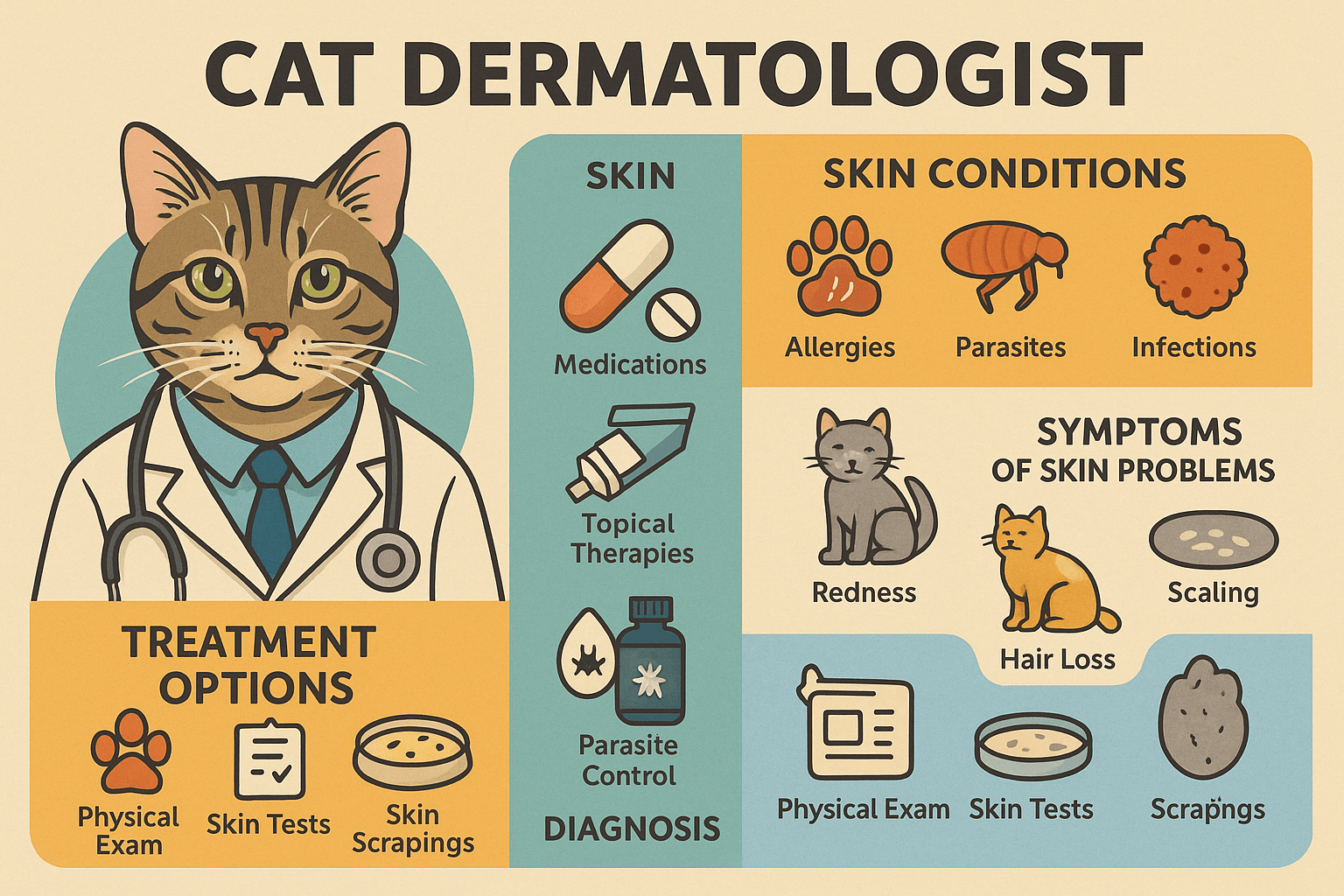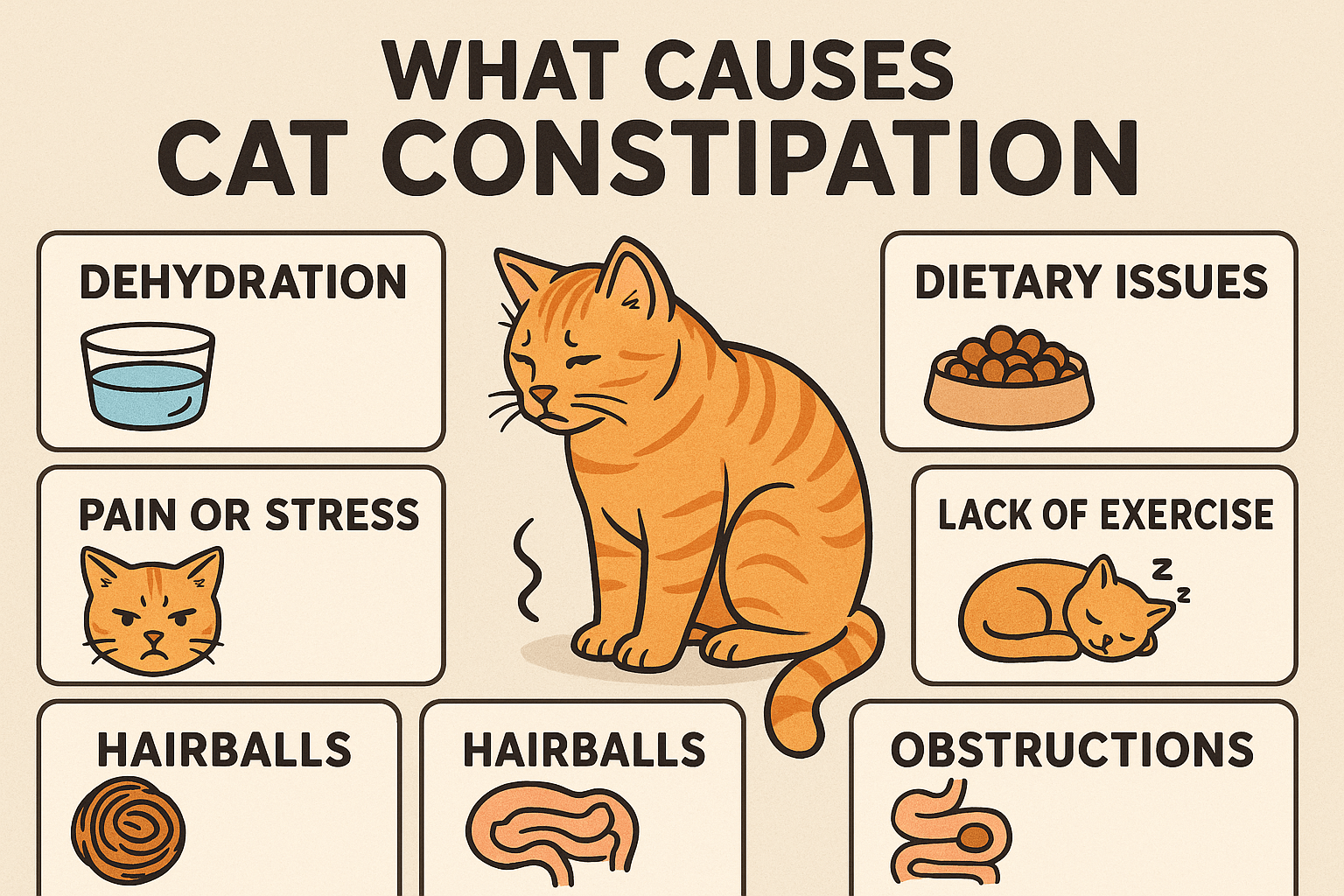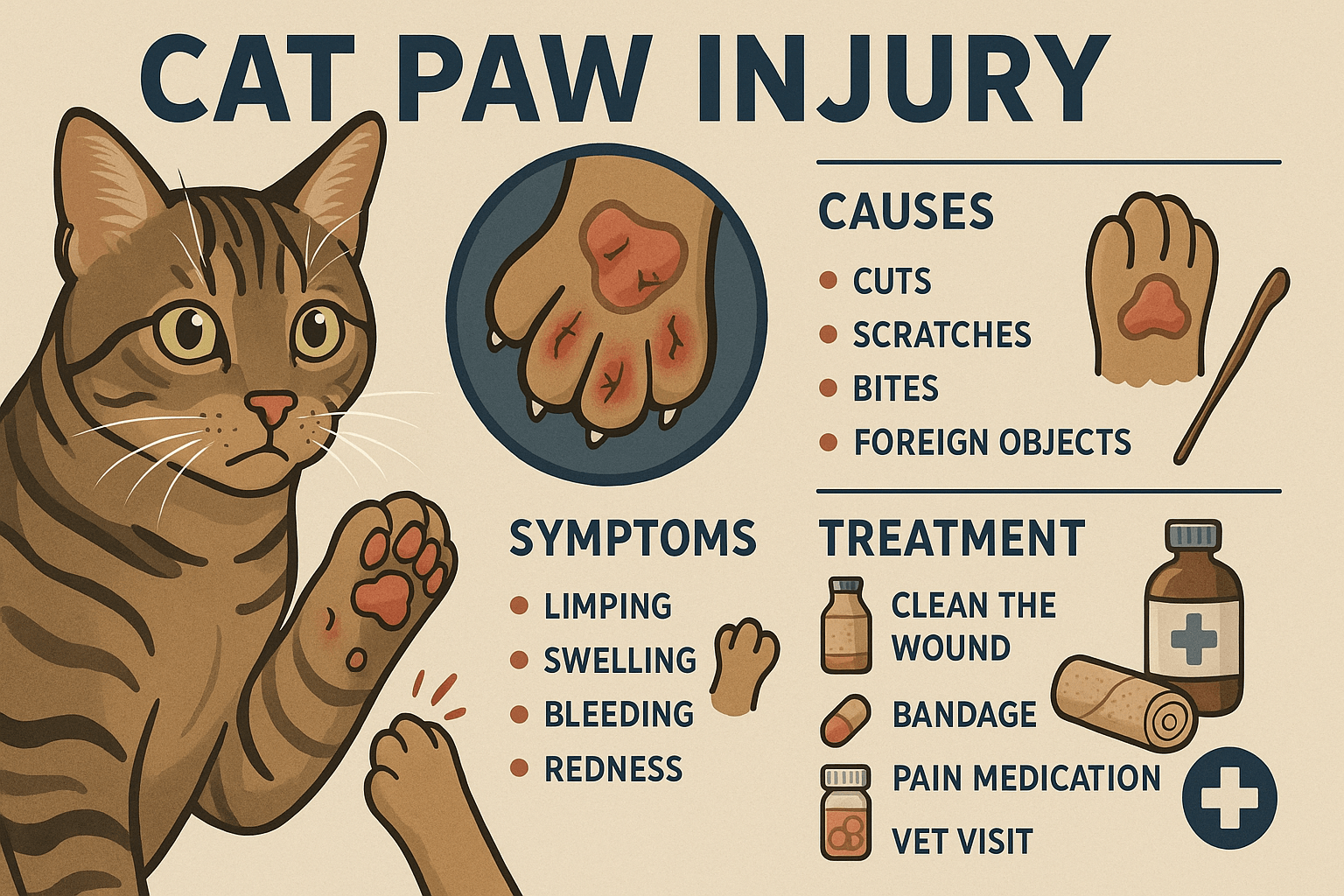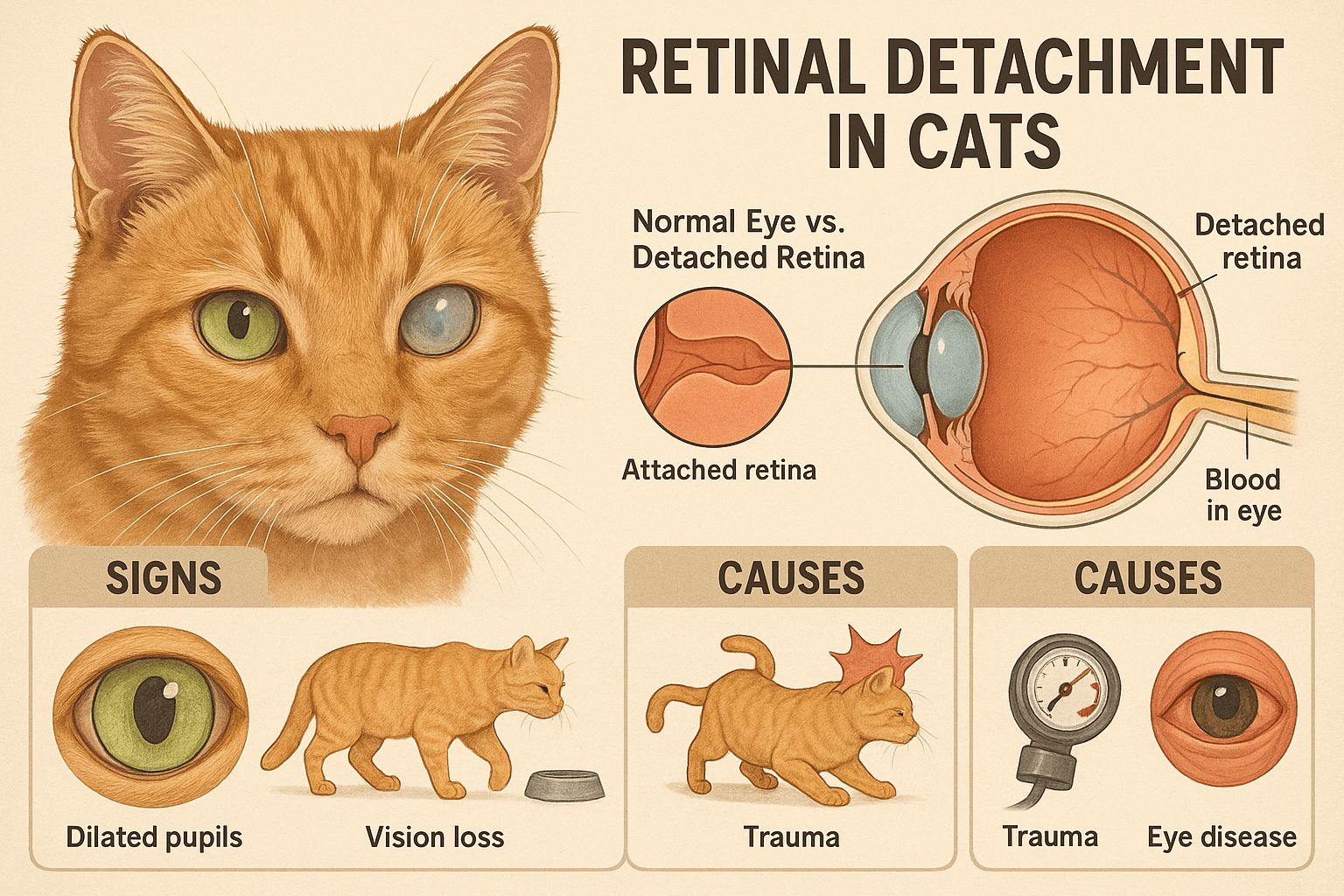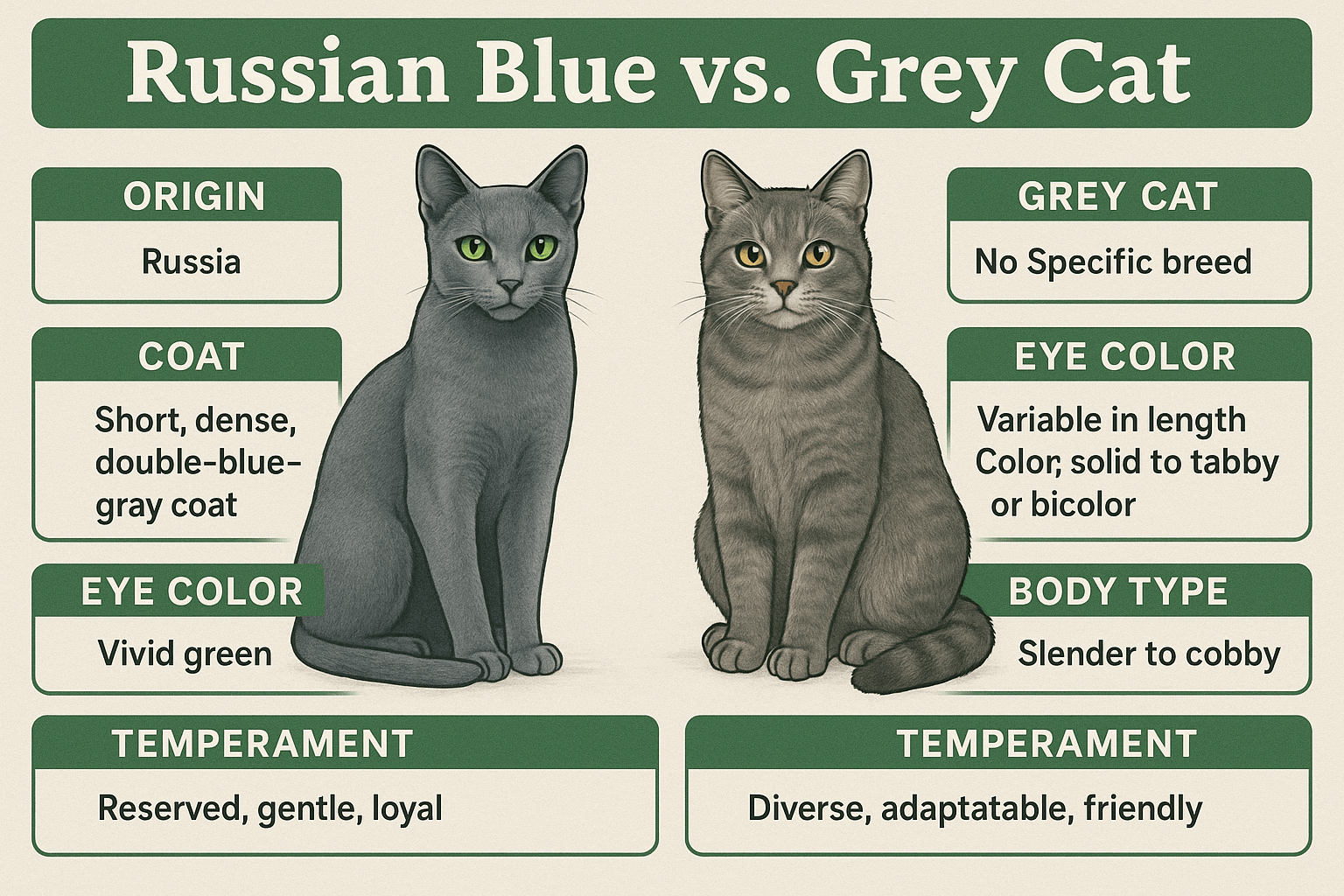What Is a Cat Dermatologist and Why Might Your Feline Need One?
Cats are known for their sleek, shiny coats and meticulous grooming habits. However, even the most fastidious felines can experience skin issues that require specialized care. A cat dermatologist, also known as a veterinary dermatologist, is an expert trained to diagnose and treat a wide range of skin, ear, and nail conditions in cats. From allergies and infections to parasites and chronic disorders, these specialists play a crucial role in ensuring your cat’s comfort and overall health. If you’ve noticed excessive scratching, hair loss, or other unusual symptoms in your furry friend, it may be time to consult a cat dermatologist. Let’s explore what they do, why they’re important, and how they can help your cat thrive.
Common Skin Conditions Treated by Cat Dermatologists
Cat dermatologists specialize in addressing a variety of skin-related issues that can affect your feline’s quality of life. Understanding these conditions can help you recognize when professional intervention is necessary.
Allergies:
Cats can suffer from environmental, food, or flea allergies, leading to itching, redness, and inflammation. A dermatologist can identify triggers and develop a tailored treatment plan.Flea Allergy Dermatitis:
Even a single flea bite can cause severe reactions in sensitive cats. Dermatologists provide solutions to manage both the infestation and the resulting skin irritation.Ringworm Infections:
Despite its name, ringworm is a fungal infection that causes circular patches of hair loss and scaly skin. It requires prompt treatment to prevent spreading.Ear Infections:
Ear mites, yeast infections, or bacterial overgrowth can lead to discomfort and head shaking. Dermatologists address the root cause to restore ear health.Chronic Hair Loss:
Conditions like alopecia or psychogenic alopecia (stress-induced licking) often require advanced diagnostics and therapies to resolve.
By addressing these common issues, cat dermatologists help restore your pet’s skin health and improve their overall well-being.
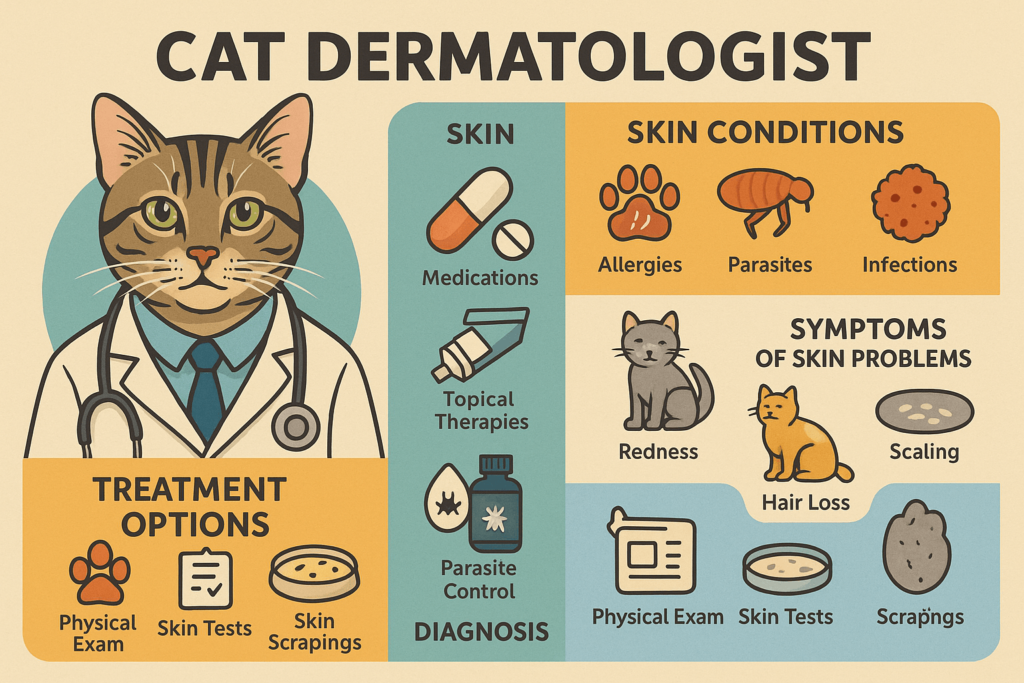
Signs Your Cat May Need to See a Dermatologist
Recognizing the signs of skin problems early can prevent minor issues from escalating into more serious conditions. Here are some key indicators that it’s time to consult a cat dermatologist.
Excessive Scratching or Licking:
Persistent scratching or obsessive grooming can indicate allergies, parasites, or infections.Hair Loss or Bald Patches:
Unexplained bald spots may signal underlying health issues, such as hormonal imbalances or skin diseases.Red, Swollen, or Scaly Skin:
Visible irritation or flaky skin often points to dermatitis, fungal infections, or allergic reactions.Odor Emanating from the Skin or Ears:
A foul smell could indicate bacterial or yeast infections that require professional attention.Behavioral Changes:
Cats in pain or discomfort may become irritable, lethargic, or withdrawn, signaling a need for medical evaluation.
If you notice any of these symptoms, scheduling an appointment with a cat dermatologist can provide answers and relief for your furry companion.
Check this guide 👉Understanding Cat Skin Cancer: Best 7 Expert Tips!
Check this guide 👉Understanding Cat Skin Conditions: Best 7 Health Tips!
Check this guide 👉Keratinized Skin Cysts in Cats: Best 7 Expert Tips!
When to See a Cat Dermatologist | What They Can Diagnose/Treat |
|---|---|
Persistent scratching or licking | Allergies (food, environmental, flea) |
Unexplained hair loss or bald patches | Ringworm and other fungal infections |
Red, swollen, or irritated skin | Bacterial or yeast infections |
Foul odors from skin or ears | Chronic ear infections |
Behavioral changes due to discomfort | Parasitic infestations (fleas, mites) |
How Cat Dermatologists Diagnose Skin Conditions
A thorough diagnostic process is essential for identifying the root cause of your cat’s skin issues. Cat dermatologists use advanced techniques to ensure accurate diagnoses and effective treatments.
Physical Examination:
The dermatologist will inspect your cat’s skin, coat, and ears for visible signs of irritation, lesions, or abnormalities.Skin Scrapings:
A small sample of skin cells is collected and analyzed under a microscope to check for mites, fungi, or bacteria.Allergy Testing:
Intradermal or blood tests can pinpoint specific allergens affecting your cat, allowing for targeted treatment plans.Ear Swabs and Cultures:
Samples from the ears are examined to identify infections or overgrowths of yeast or bacteria.Dietary Trials:
Food elimination diets may be recommended to determine if dietary allergies are contributing to your cat’s symptoms.
Through these methods, cat dermatologists uncover the underlying causes of skin problems and tailor solutions to your cat’s unique needs.
Tips for Supporting Your Cat’s Skin Health at Home
While professional care is essential, there are steps you can take at home to support your cat’s skin health and reduce the risk of recurring issues.
Regular Grooming:
Brushing your cat’s coat removes loose fur and distributes natural oils, keeping their skin healthy and reducing shedding.Balanced Diet:
Provide high-quality, nutrient-rich food to support skin health and boost their immune system. Omega-3 fatty acids are particularly beneficial.Flea Prevention:
Use veterinarian-recommended flea prevention products to protect your cat from infestations and related skin conditions.Clean Environment:
Regularly clean bedding, toys, and litter boxes to minimize exposure to allergens and irritants.Monitor Behavior:
Keep an eye on changes in your cat’s grooming habits, appetite, or activity levels, as these can indicate emerging health concerns.
By incorporating these practices into your routine, you can help maintain your cat’s skin health and reduce the likelihood of future dermatological issues.
Preventing Common Skin Issues in Cats
Prevention is always better than cure when it comes to your cat’s skin health. Taking proactive measures can significantly reduce the risk of common dermatological problems.
Regular Vet Check-Ups:
Routine examinations help catch potential issues early before they escalate into larger problems.Parasite Control:
Consistent use of flea, tick, and mite preventatives protects your cat from infestations and related skin irritations.Humidity Control:
Dry indoor air can lead to flaky skin. Using a humidifier during colder months helps maintain optimal moisture levels.Proper Hygiene Practices:
Clean your cat’s food bowls, water dishes, and bedding regularly to minimize exposure to bacteria and allergens.Stress Reduction:
Stress can exacerbate skin conditions like psychogenic alopecia. Providing enrichment and a calm environment supports mental and physical health.
By focusing on prevention, you can minimize the chances of your cat developing uncomfortable skin issues.
Alternative Therapies for Cat Skin Conditions
In addition to conventional treatments, alternative therapies can complement your cat’s dermatological care. These options may provide additional relief for certain conditions.
Supplements:
Omega-3 fatty acids, biotin, and other supplements promote skin hydration and coat shine.Herbal Remedies:
Natural remedies like calendula or chamomile can soothe irritated skin, though they should only be used under veterinary guidance.Acupuncture:
This ancient practice can help alleviate stress and inflammation, potentially benefiting cats with chronic skin conditions.Hydrotherapy Baths:
Medicated baths using gentle shampoos can cleanse and hydrate your cat’s skin while soothing irritation.Environmental Adjustments:
Removing allergens like dust, mold, or harsh cleaning products from your home can reduce flare-ups.
These therapies, when combined with professional care, offer holistic support for your cat’s skin health.
How to Prepare for a Visit to the Dermatologist
A visit to the cat dermatologist can feel overwhelming, but preparation ensures a smooth and productive appointment. Follow these tips to make the most of your visit.
Gather Medical Records:
Bring your cat’s vaccination history, previous treatments, and any notes about symptoms you’ve observed.Write Down Observations:
Document when symptoms started, their severity, and any patterns you’ve noticed, such as seasonal flare-ups.Prepare Questions:
Make a list of questions to ask the dermatologist, including treatment options, costs, and expected outcomes.Bring Samples if Needed:
If requested, bring samples like hair clippings or photos of affected areas for the dermatologist to review.Stay Calm During the Visit:
Cats pick up on their owner’s emotions. Staying relaxed helps create a positive experience for both you and your pet.
Being prepared allows you to maximize the value of your consultation and ensures your cat receives the best possible care.
Frequently Asked Questions About Cat Dermatologists
What qualifications does a cat dermatologist have?
Cat dermatologists are veterinarians who complete additional training and certification in veterinary dermatology.
Is seeing a dermatologist expensive?
Costs vary depending on the condition and treatment, but many clinics offer payment plans or financing options.
Can I treat my cat’s skin issues at home?
Mild issues may improve with home care, but persistent or severe symptoms require professional diagnosis and treatment.
How long does treatment typically take?
Treatment duration depends on the condition, ranging from a few weeks for acute issues to ongoing management for chronic cases.
Will my cat need follow-up visits?
Yes, follow-ups are often necessary to monitor progress and adjust treatments as needed.
Investing in Your Cat’s Skin Health with a Dermatologist
A cat dermatologist plays a vital role in diagnosing and treating complex skin conditions that affect your feline’s comfort and happiness. By recognizing the signs of skin issues early and seeking professional care when needed, you can ensure your cat enjoys a healthy, itch-free life. With advanced diagnostic tools, personalized treatment plans, and ongoing support, these specialists provide invaluable expertise for pet owners navigating dermatological challenges. Remember, your cat’s skin health is a reflection of their overall well-being—partnering with a dermatologist is one of the best ways to show your love and commitment to their long-term health.
What Causes Cat Constipation? Best 7 Expert Tips! Discover common causes, symptoms, and solutions for cat constipation to keep your feline healthy and comfortable.
Cat Paw Injury: Best 7 Expert Tips! Discover essential advice on identifying, treating, and preventing cat paw injuries to keep your feline friend healthy and happy.
Retinal Detachment in Cats: Best 7 Expert Tips! Learn to identify symptoms, understand causes, and explore treatment options to protect your cat’s vision effectively.
Russian Blue vs Grey Cat: Best 7 Expert Tips! Discover key differences, unique traits, and expert advice to help you choose between a Russian Blue and a generic grey cat for your perfect feline companion.

